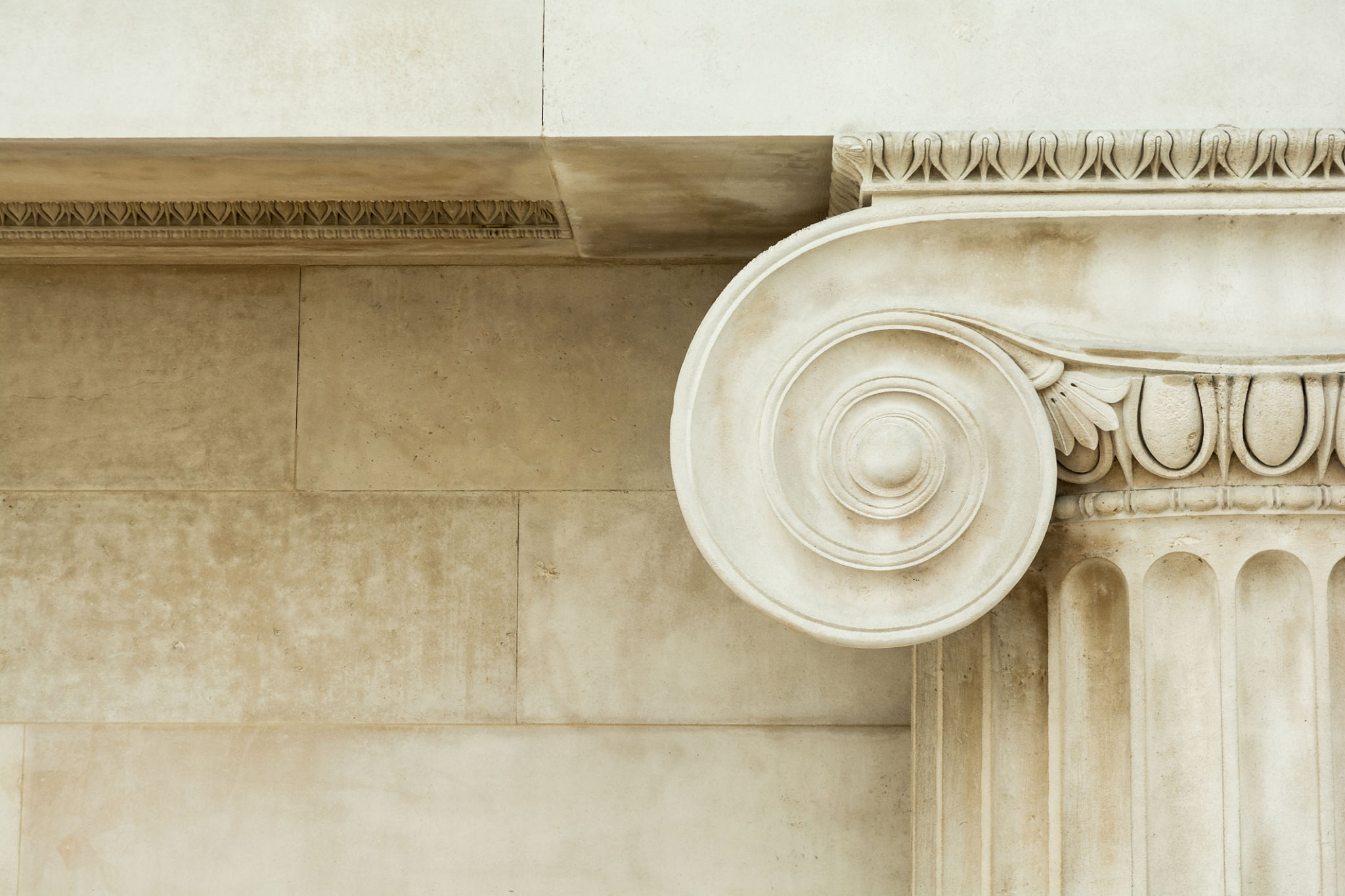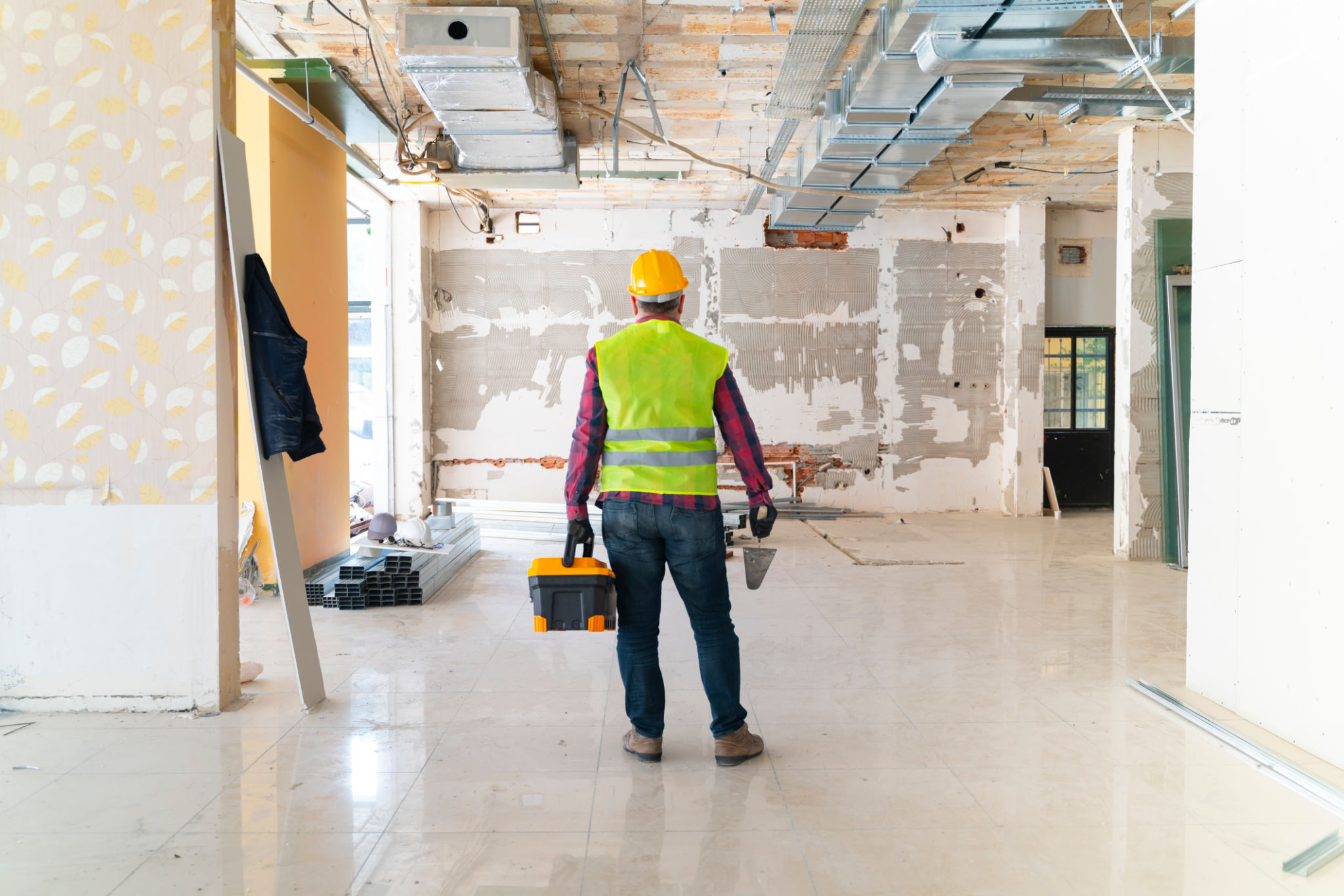Why Masonry Restoration is Essential for Historic Buildings in Lehigh Valley
HS
The Importance of Masonry Restoration
Masonry restoration is a vital aspect of preserving historic buildings, especially in regions like the Lehigh Valley where architectural heritage forms a significant part of the local identity. These buildings stand as a testament to the past, showcasing exquisite craftsmanship and historical styles. However, time and environmental factors can take their toll, making restoration not just an option but a necessity.

Understanding Masonry Restoration
Masonry restoration involves repairing and restoring the stone, brick, and mortar of a building to its original condition. This process is essential for maintaining the structural integrity and aesthetic appeal of historic buildings. Unlike regular repairs, masonry restoration requires specialized knowledge of traditional construction techniques and materials to preserve the authenticity of historic structures.
Restoration specialists must carefully analyze the existing materials and structural conditions to determine the appropriate methods and materials for repair. This ensures that the building retains its historic character while being fortified against future deterioration.
Preserving Cultural Heritage
Historic buildings in the Lehigh Valley are more than just structures; they are cultural landmarks that tell the story of the region's past. Preserving these buildings through masonry restoration helps maintain the area's cultural heritage, providing a tangible connection to history for future generations.

By investing in masonry restoration, communities can celebrate their unique architectural styles and historical narratives, fostering pride and a sense of place among residents and visitors alike. This preservation effort also supports local tourism by maintaining the charm and allure of historic districts.
Environmental Benefits
Masonry restoration is not only beneficial for preserving history but also for promoting sustainability. Restoring existing buildings is often more environmentally friendly than demolishing and rebuilding. It reduces waste and the consumption of new materials, thus lowering the overall carbon footprint associated with construction activities.
Moreover, restored masonry structures tend to be more energy-efficient. The use of traditional materials like stone and brick offers natural insulation properties, contributing to lower energy costs for heating and cooling.

Economic Impact
Investing in masonry restoration can have a positive economic impact on the Lehigh Valley. Restored historic buildings often attract businesses, residents, and tourists, leading to increased economic activity in areas surrounding these structures. This influx can boost local economies by creating jobs in restoration, tourism, and related industries.
- Increased property values
- Job creation in restoration services
- Boosted local tourism
Challenges and Considerations
While masonry restoration is essential, it does come with challenges. The process can be costly and time-consuming due to the need for specialized skills and materials. However, the long-term benefits often outweigh these initial investments. Proper planning and collaboration with experienced restoration professionals are crucial to ensure successful outcomes.
Communities looking to preserve their historic buildings should seek grants and funding opportunities dedicated to heritage conservation. These resources can help alleviate financial burdens and support sustainable restoration projects.
Conclusion
Masonry restoration is an indispensable practice for preserving the historic buildings of Lehigh Valley. By maintaining these structures, communities can safeguard their cultural heritage, promote sustainability, enhance economic opportunities, and inspire pride in their shared history. As stewards of these architectural treasures, it is our responsibility to ensure they continue to stand tall for generations to come.
